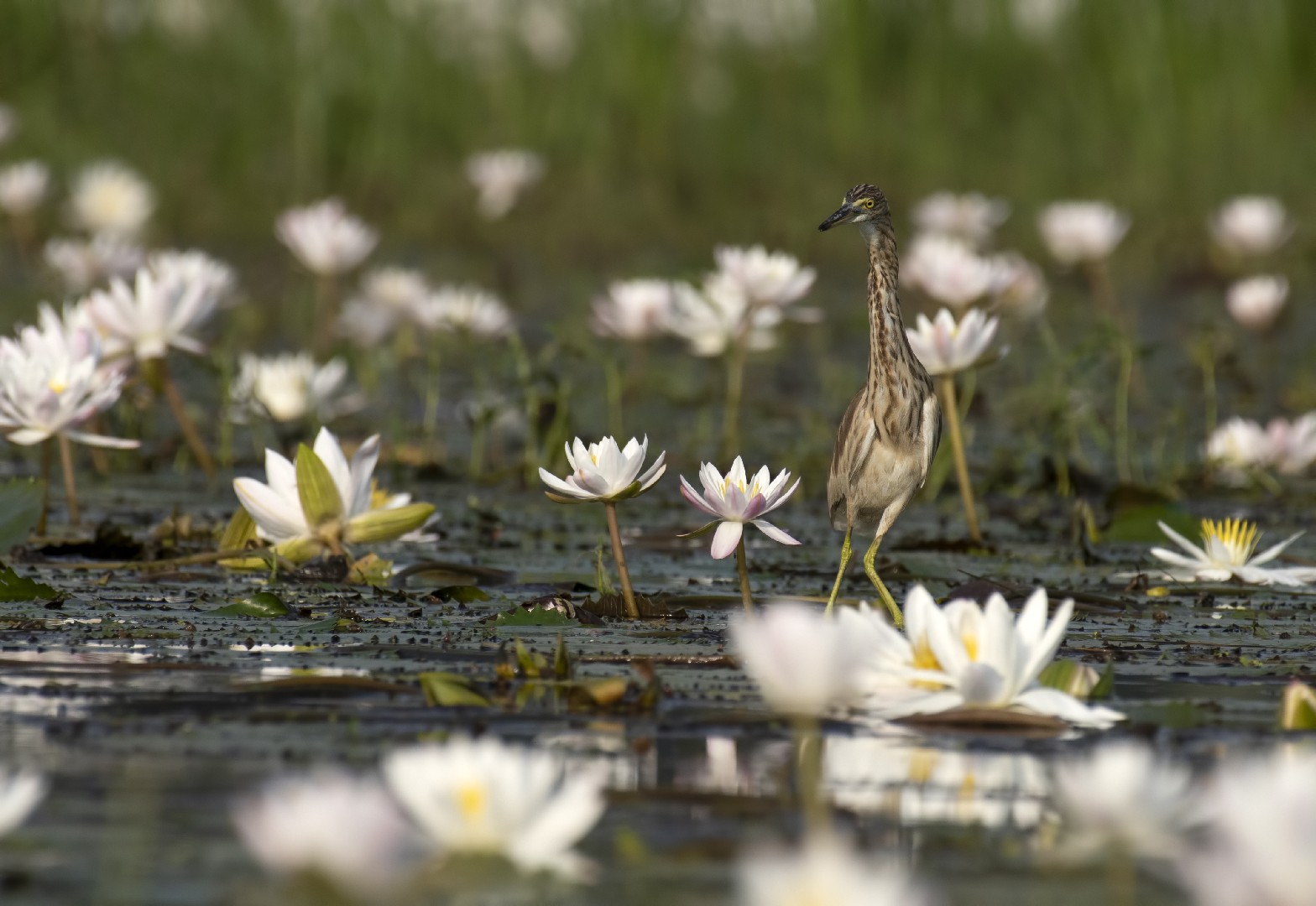![Rectangle]()
Inviting Diversity: The Aquatic and Terrestrial Plants
Aquatic plants play a crucial role in fostering biodiversity in your garden pond. These plants provide shelter, food, and breeding grounds for a wide range of wildlife. By adding a variety of native plant species to your pond, you can attract different types of animals and insects, creating a thriving ecosystem right in your backyard. Here are some practical tips for incorporating aquatic and terrestrial plants into your garden pond design to maximize biodiversity.
Firstly, it is essential to choose a mix of submerged, marginal, and floating plants to create a balanced ecosystem. Submerged plants, such as water milfoil and hornwort, oxygenate the water, improve water quality, and provide hiding places for small aquatic creatures. Marginal plants, like cattails and iris, grow in the shallow areas around the edges of the pond and provide cover and nesting sites for birds and amphibians. Floating plants, such as water lilies and duckweed, provide shade, reduce algae growth, and give fish a place to lay their eggs.
When selecting aquatic plants for your pond, opt for native species. Native plants are adapted to the local climate and soil conditions, making them more likely to thrive and provide the necessary habitat for local wildlife. They also require less maintenance and are less prone to invasiveness compared to non-native plants.
In addition to aquatic plants, don't forget to include a diverse range of terrestrial plants around your pond. Create a natural transition zone between the water and your garden by planting a mix of shrubs, grasses, and wildflowers. These plants will offer additional food sources, nesting places, and shelter for a wide range of insects, birds, and mammals.
To attract a variety of pollinators, consider planting bee-friendly flowers like lavender, borage, and coneflower. These plants provide nectar and pollen, supporting both bees and other beneficial insects in your garden. By providing a diverse range of flowering plants throughout the growing season, you can ensure a continuous supply of food for pollinators.
Lastly, maintain a healthy balance by regularly monitoring and managing your aquatic and terrestrial plants. Remove any invasive species that can quickly take over the pond and outcompete native plants. Prune overgrown plants to prevent overcrowding and maintain a well-balanced habitat.
By incorporating a variety of aquatic and terrestrial plants into your garden pond design, you can create an inviting haven for a diverse range of wildlife. Not only will you enjoy the beauty of a thriving ecosystem, but you will also contribute to the conservation of local biodiversity. So grab your gardening tools and get started on building a wildlife-friendly pond today!





